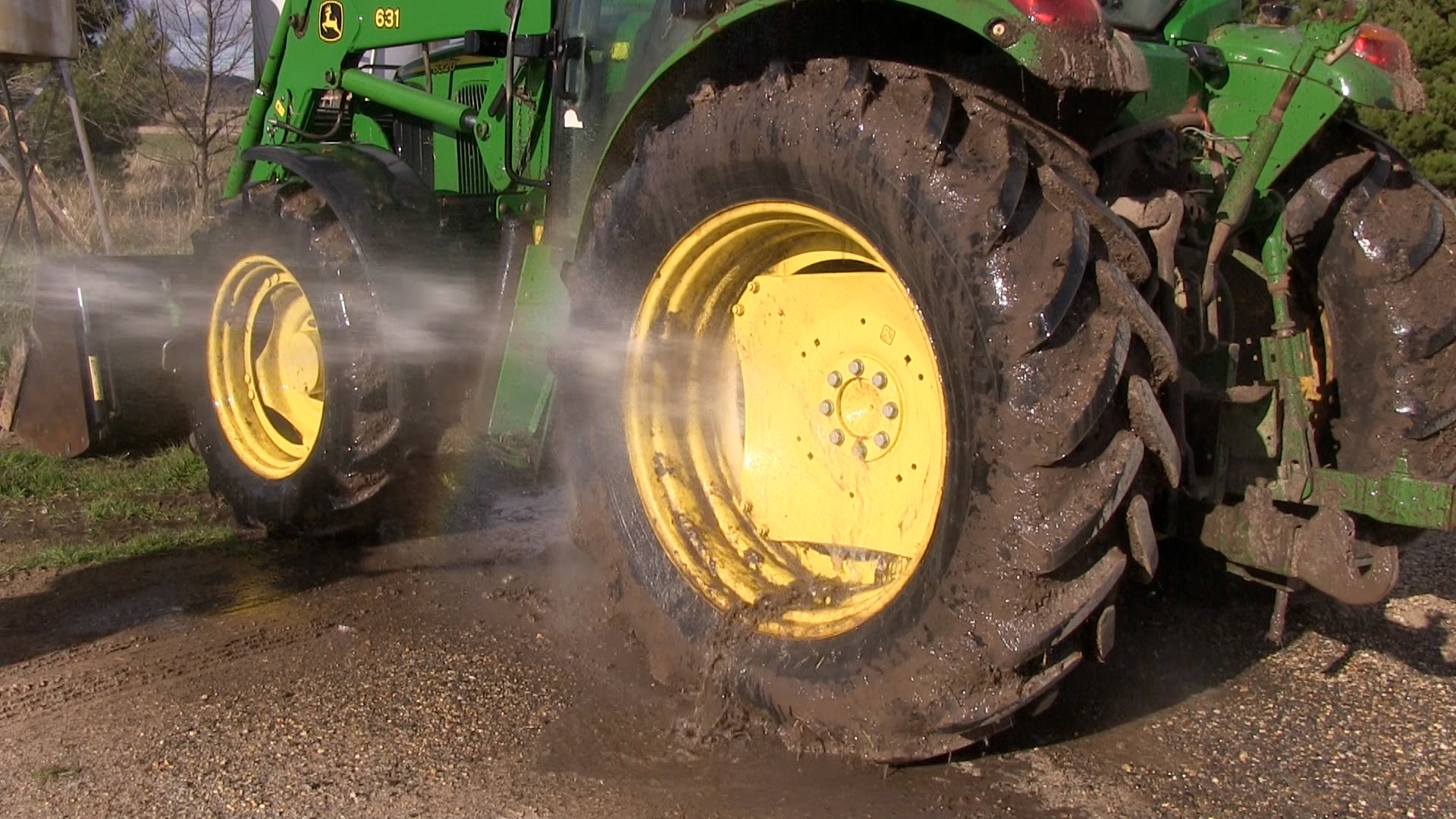
By Kate Glastonbury, New South Wales Grains Biosecurity Officer
As we approach the end of winter harvest season, it is the ideal time to review or draft your farm biosecurity plan to protect your business from the impact of new and harmful pests and diseases. There is a common misconception that implementing on-farm biosecurity is complicated and expensive – it does not have to be, it should just suit your purposes.
In particular, early detection of exotic pests or diseases increases the probability of successful containment, eradication or management before it has time to establish and spread.
Your biosecurity plan should outline all the biosecurity activities you will undertake to reduce the risks of pest and disease entry or spread. The plan should be tailored to your farm and include staff training, surveillance and record keeping practices.
The Grains Farm Biosecurity Program (GFBP) has some helpful tips to assist you with your on-farm biosecurity plan.
The GFBP is an initiative to improve the management of, and preparedness for, biosecurity risks in the grains industry at farm and industry levels. Launched in 2007, the program is managed by Plant Health Australia (PHA) and funded by growers through Grain Producers Australia (GPA) together with the New South Wales, Queensland, South Australian, Victorian, and Western Australian governments.
Key considerations include:
Key biosecurity practices that are easy to implement:
Top 5 tips to help with biosecurity planning
Don’t overcomplicate things and get overwhelmed. Biosecurity essentials is a good place to start. Consider farm inputs; outputs; people, vehicles, and equipment; production practices; and train, plan, and record staff.
You don’t necessarily need a formal plan that covers every biosecurity aspect. Your plan should include management practices you have in place for people to follow. Ensure they are effective measures for the risks you are trying to manage and that they can be followed and written down for visitor reference.
Let visitors and contractors know you have biosecurity measures in place by having signs on main entrances to properties and advising visitors before they arrive on-site. It will also help to lock unmanaged gates to prevent unwanted access. Ask your relevant state Grains Biosecurity Officer (GBO) about relevant state legislation around farm biosecurity signs.
While not all practices in your plan will apply to you as the owner (for example signing in), there is no point in having a biosecurity plan or best practices in place if do not follow them. Starting with simple measures that are easy to follow is the best way to implement on-farm biosecurity.
Review and update your plan at least once a year. Depending on seasonal conditions or any changes on your property, you may want to review or update it more regularly.
Remember, just because you cannot see a risk, does not mean it does not exist. It is always better to be prepared before a pest or disease enters the country or your property than trying to put measures in after it happens.
Report anything unusual to the Exotic Plant Pest Hotline 1800 084 881.
Contact your state GBO for free assistance with the development or review of your biosecurity plan. Visit the Grains Farm Biosecurity website for more practical resources that include biosecurity manuals and planning templates, grain storage fact sheets, videos, how to guides, online training and strategies to assist in the management of grains farm biosecurity risks.
Useful biosecurity plan templates:
Other resources: